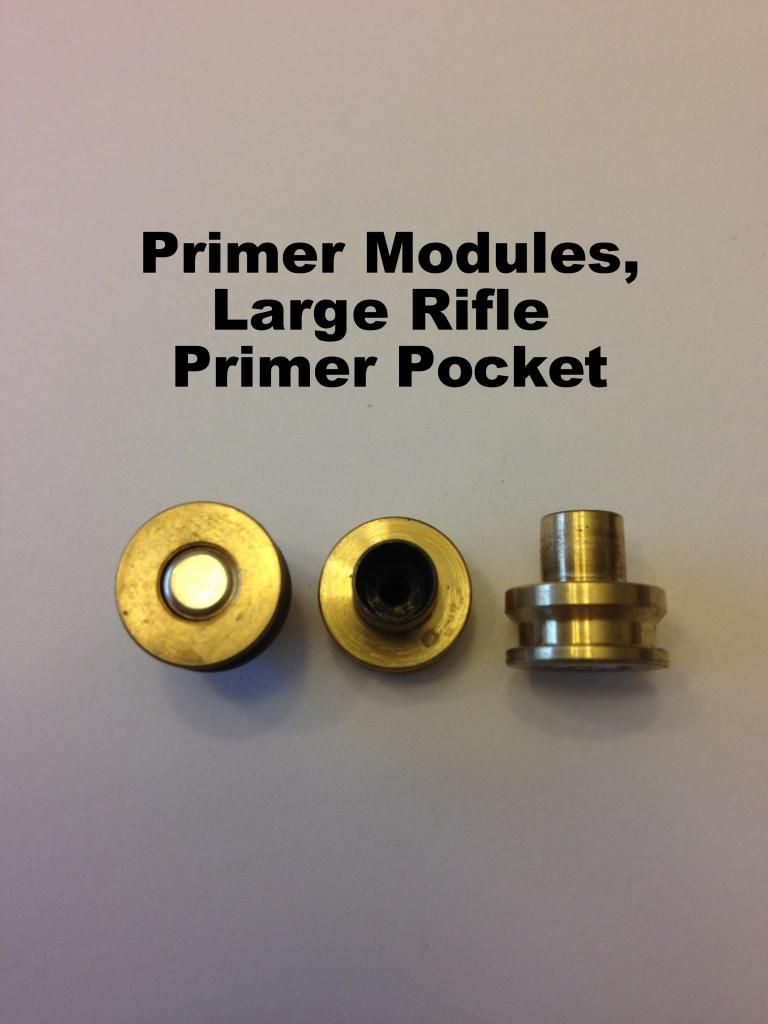"Our current plans are to explore higher pressure loads developed specifically for the Remington Ultimate. When the testing is complete, our results will be published along with any new loading data. Right now we are extremely interested in the potential of this new rifle and are looking forward to working with Remington to produce specialized data."
- Western Powders. September 22, 2014
I believe the end results would be considered "as PROOFED™", per Remington and Western Powders.
For now, they've only tested the Remington to 120 grains volume. I'd expect they'll be done with the higher pressure testing before next hunting season.
Best
- Western Powders. September 22, 2014
I believe the end results would be considered "as PROOFED™", per Remington and Western Powders.
For now, they've only tested the Remington to 120 grains volume. I'd expect they'll be done with the higher pressure testing before next hunting season.
Best









